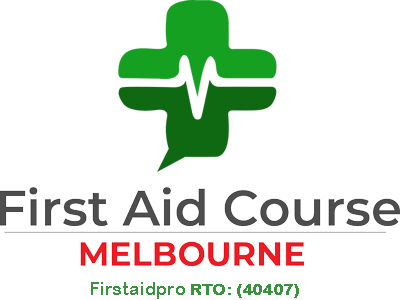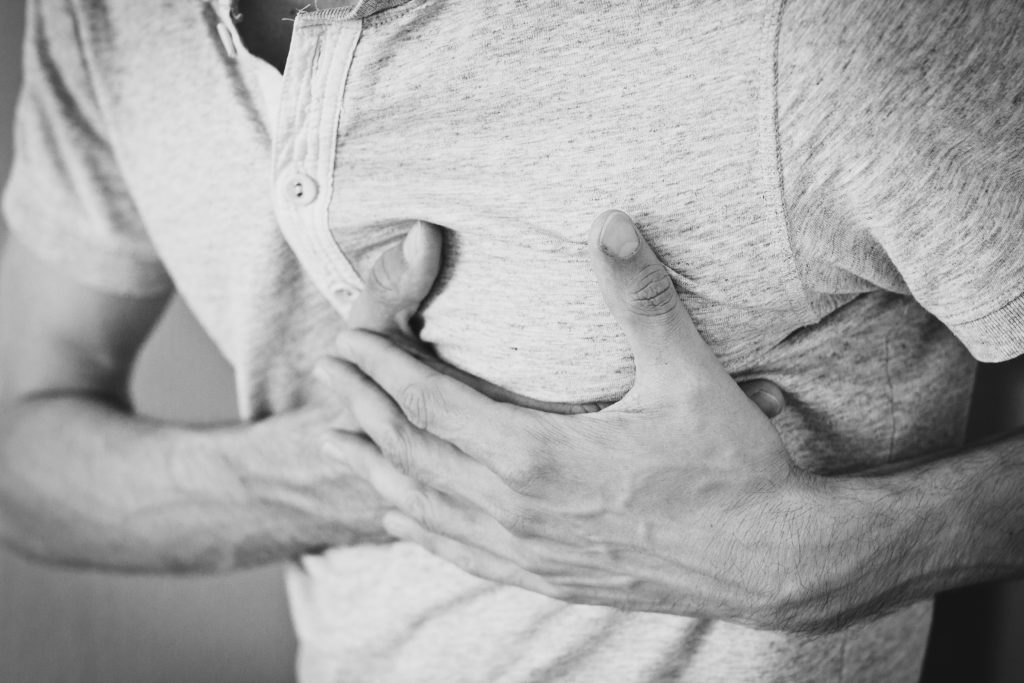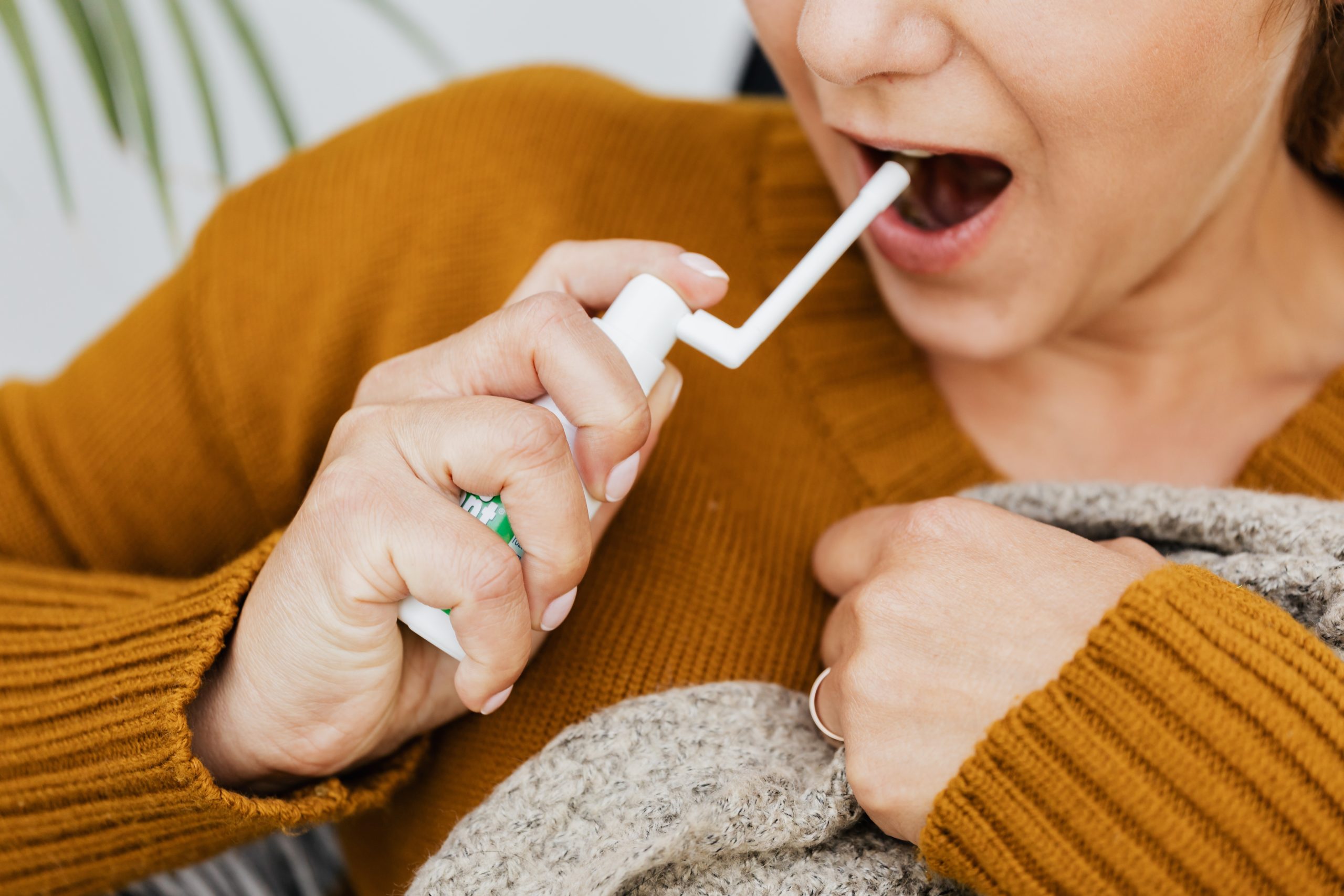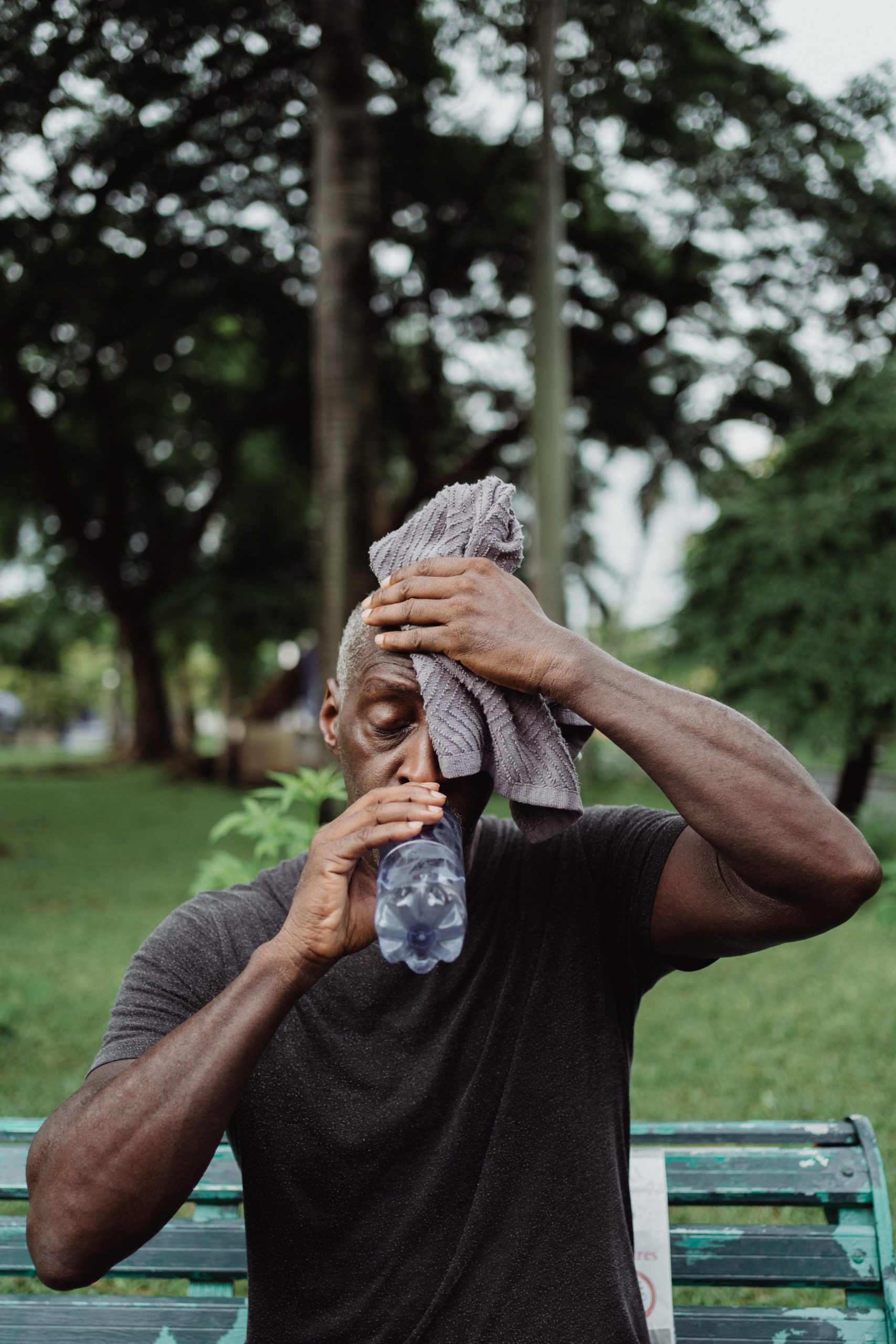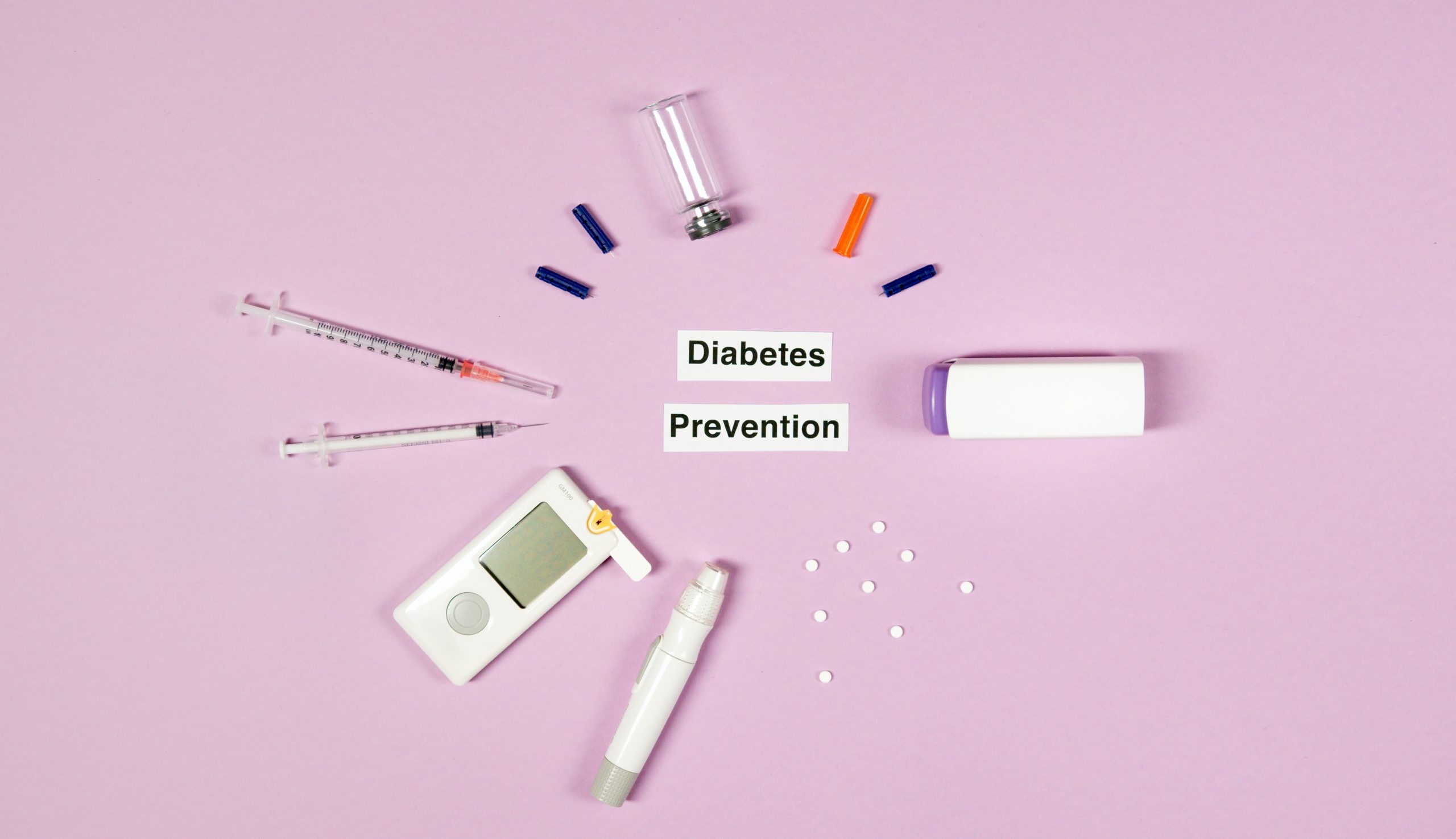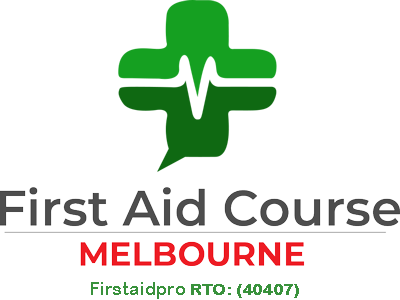The below guide explains the four easy steps to perform CPR at home and save the life of your loved ones.
But first, what is CPR?
Cardiopulmonary resuscitation (CPR) is a hands-on emergency and first aid procedure given to a person who has gone into a cardiac arrest. Cardiac arrest is a medical condition where the heart malfunctions and suddenly stops beating, often without warning. It is triggered by an abnormal electrical activity in the heart that causes irregular heartbeat or arrhythmias.
It involves performing two basic procedures – chest compressions and rescue breaths (also known as mouth-to-mouth). It can be used individually or both at the same time. The purpose of CPR is to restore breathing and keep the blood flowing to the brain and other organs until emergency services arrive. Without oxygen-rich blood flowing to the brain, brain damage can occur within a matter of minutes.
Anyone can learn how to perform CPR via an online first aid course or through in-person training.
To help you with the basics, here is a four-step guide when administering CPR lifesaving assistance.
Check the person’s responsiveness.
Before anything else, it is vital to know whether the person needs CPR or not. If the person is responsive when you attempt to talk or touch them, do not start CPR. However, it is always best to call emergency services right away, especially if the person seems confused or is unable to speak.
Call Triple Zero (000)
Even if you end up performing resuscitation, the person may still need to be taken to the hospital by ambulance as soon as possible. If you do not succeed in performing CPR, the paramedics may be able to resuscitate the person using advanced medical equipment, such as an automated external defibrillator (AED).
There is also an instance where the paramedics will talk you through performing CPR on the phone until they are ready to take over.
Chest compressions
Chest compressions or hands-only CPR allows the blood to move through the brain. This move helps keep the brain working until the heart restores to its normal function. When doing chest compressions, it is critical to keep the blood flowing with slight to no interruption.
Rescue breathing
Also known as mouth-to-mouth resuscitation, this CPR technique requires you to use your own breath to fill the person’s lungs with air. Hence, rescue breathing helps restore the person’s ability to breathe.
Providing rescue breathes has become one of the most controversial steps in performing CPR. There is an ongoing debate on how much resuscitation is enough or too much, and if it is even necessary.
If you perform rescue breaths at home, in the workplace, or even in public, make sure you know how to do it correctly.
Conclusion
The most important reason to get CPR certification is to help save someone’s life. Half of Australia’s population feels too helpless to act in a cardiac emergency due to a lack of first aid and CPR knowledge. Most teenagers and adults do not know how to perform CPR. Continue learning as you choose your career path.
If you are ready to get CPR certification, there is no shortage of Registered Training Organisations (RTOs) in Australia. Typing keywords on the search engine such as “PR certification near me” will produce dozens of options in your area, including online courses. One of which is Melbourne First Aid Courses.
The First Aid Course Melbourne consists of experts who deliver courses in a compliant, affordable and available manner. With the in-person and online first aid (blended) options, you can get certified easily!
In addition, to Provide CPR courses, we also offer training in First aid, healthcare, babysitting and childcare, and more. Find a CPR class near you.
